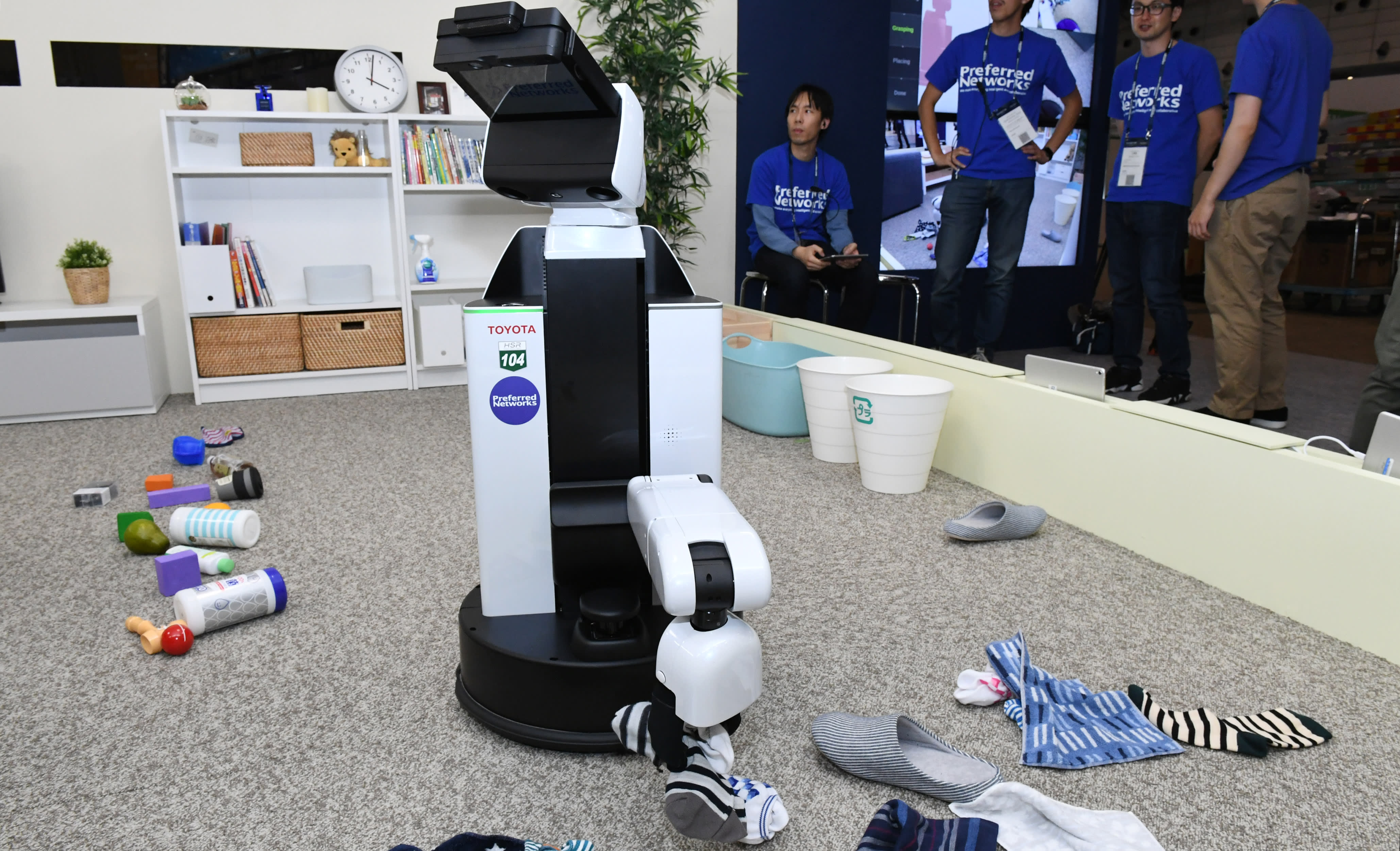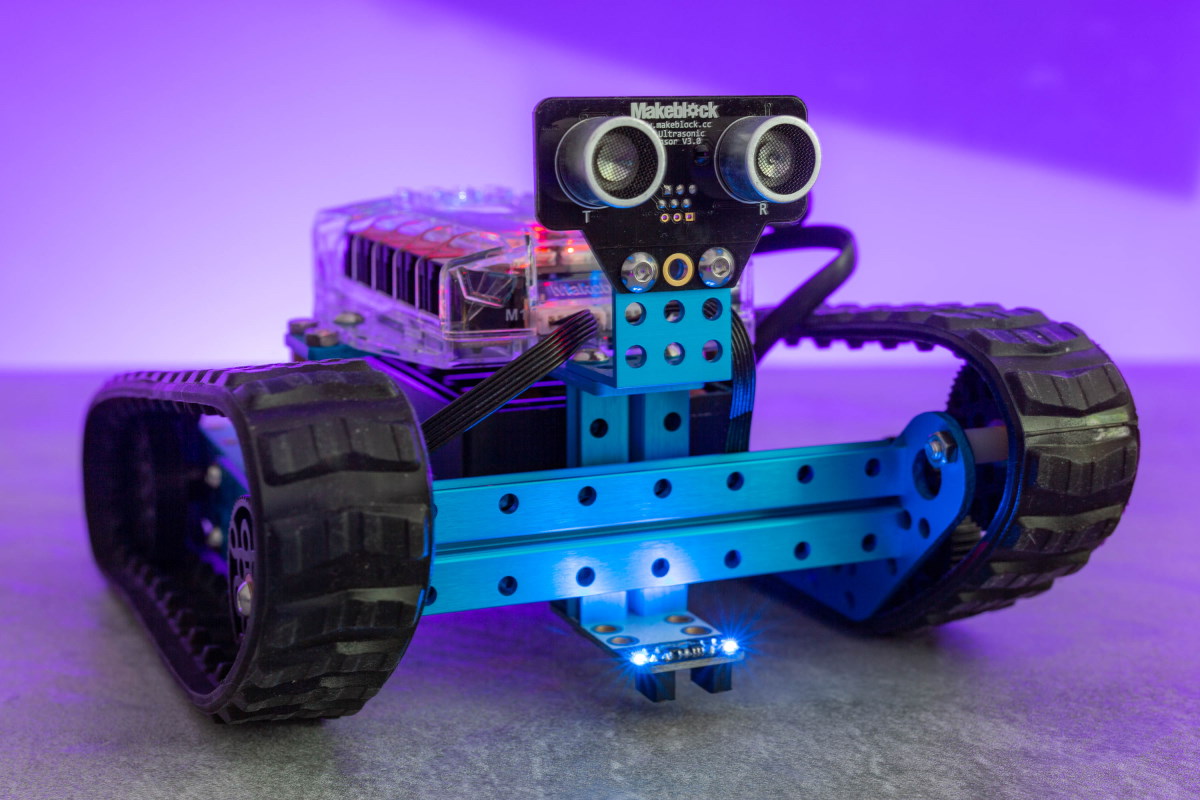You’d expect robots that will be able to help around the house to become a thing in the far, far future, but, according to Toru Nishikawa, founder and CEO of Preferred Networks, we’ll soon have some of those robots available to use within the next five years.
His vision is “robots for everyone” and he wants to make his company the first to supply home robots to worldwide households.
“We want to bring such robots to the market within five years and see them being used. Ten years is too long to wait. There is demand. The challenge is how to make personal robots available at affordable prices.”
– Toru Nishikawa for Nikkei Asian Review
Preferred Networks already introduced one of their autonomous robots earlier in October, during CEATEC, a Japanese consumer electrics show. The robot was capable of cleaning up a room by itself and do thing such as pick up toys, slippers and clothes.
The robot starts working as soon as it’s issued an order and it’s capable of recognizing most household items, even spilled potato chips.
Preferred Networks, Inc / YouTube
Toru Nishikawa believes that, with the right amount of funding, his company can deliver these robots to consumers in a few years.
Preferred Networks is valued at around $2 billion and has already built itself a solid reputation for AI. It works with Panasonic and Toyota at the moment, focusing on autonomous car technology.
The demand for household robots is expected to be worth hundreds of billions of dollars and they are expected to be useful in Japan especially, where the number of seniors living alone or married couples who work all day are still increasing.
Preferred Networks doesn’t want to be in competition with anyone though – they would like to collaborate with hardware companies and other manufacturers who make similar kinds of robot platforms, work together and make the household robot a reality.
Related: ✍️Robots To Help Around The House? Sure, But How About One That Installs Drywall too?✍️
✍️MIT’s New Robot Can Recognize Objects It Has Never Seen Before✍️
Follow TechTheLead on Google News to get the news first.






















